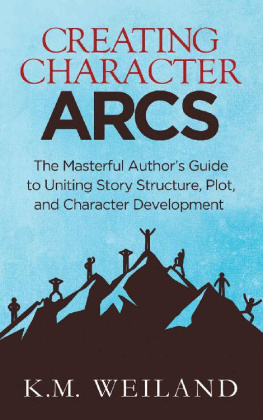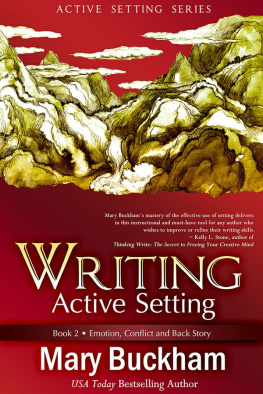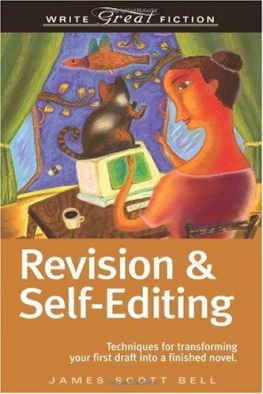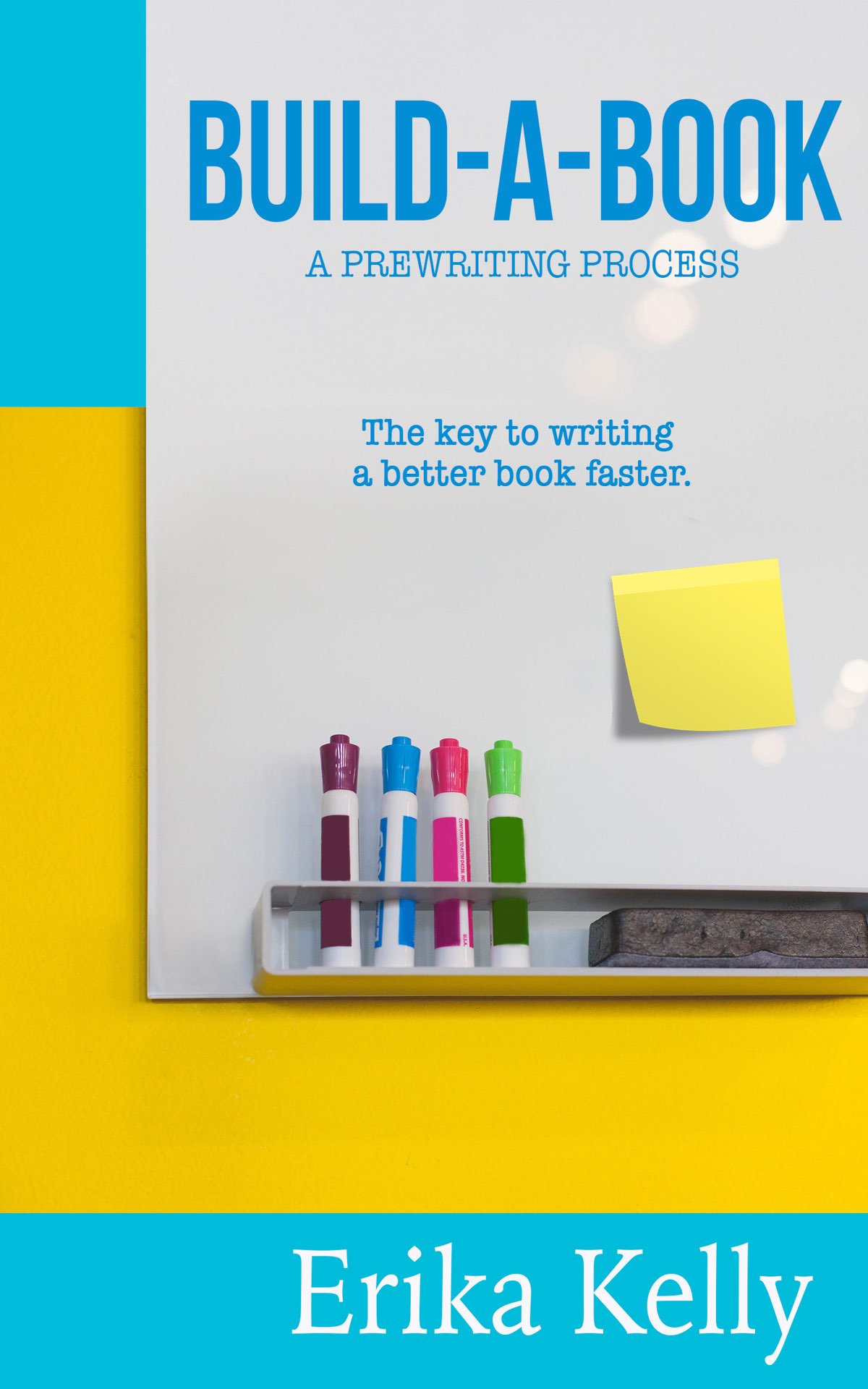
BUILD-A-BOOK:
A PREWRITING PROCESS
The key to writing a better book faster.
Contents
Build-a-Book: A Prewriting Process.
Copyright @ 2018 by EK Publishing, LLC
Cover design and formatting by Serendipity Formatting
ISBN-13: 978-0-9985177-2-8
All rights reserved. No other part of this book may be reproduced, stored in a retrieval system or transmitted in any form or by any means electronic, mechanical, photocopying, recording or otherwise without the prior written permission of the publisher and copyright owner.
This book is dedicated to the many patient, insightful teachers Ive had along the way.
Titles by Erika Kelly
KEEP ON LOVING YOU
WE BELONG TOGETHER
THE VERY THOUGHT OF YOU
JUST THE WAY YOU ARE
IT WAS ALWAYS YOU
CANT HELP FALING IN LOVE
COME AWAY WITH ME
WHOLE LOTTA LOVE
YOURE STILL THE ONE
THE DEEPER I FALL
LOVE ME LIKE YOU DO
YOU REALLY GOT ME
I WANT YOU TO WANT ME
TAKE ME HOME TONIGHT
MORE THAN A FEELING
Introduction
Many years ago, a friend and I were hiking in the Santa Monica mountains when we came upon a strange sight. I made up a story about what happened, involving aliens and soul-stealing, and she said, You should be a writer.
Five simple words tilted the world in just the right way for me to finally fit in it.
Id never told anyone about the stories playing in my head. Why would anyone want to know about those scenes I made up to help me fall asleep each night? That was weird, right?
Turns out, it wasnt weird at all. Turns out, I was a storyteller. I just didnt grow up in a home where creativity was valued, so I kept it to myself.
That friend and I started writing screenplays together. And, let me tell you, they were fantasticfresh and fun and wildly exciting. Hollywood would go nuts over them. One day, I asked a producer to read them, knowing hed be blown away by our wit and riveting storytelling.
Would you like to know what he said after reading them?
IumuhI dont knowwellahhhh.
Thats verbatim, by the way.
It was mortifying. To this day, some thirty years later, I still cringe when I think about that awful phone call.
Rejection has its benefits, though. It led me to craft. From the moment I hung up the phone, Ive dedicated myself to learning storytelling techniques. Over many decades, Ive studied and worked with experts like James Frey, Syd Field, Linda Seger, Blake Snyder, Donald Maass, Dwight Swain, Christopher Vogler, Debra Dixon, Jennifer Crusie, and Michael Haugejust to name a few.
Id like to tell you how much easier writing has become, but I cant. No way around it, its just plain hard. Frankly, theres little more intimidating than trying to transfer the beautiful reel unspooling in my head onto a blank page. So, to make it more efficient, I developed a prewriting process.
And its changed the world for me.
This process isnt about plotting or outlining. Its about developing story elements before plunging into the first draft. Essentially, I work out character details and major plot points, and then I mark them on a map to track the external goals and the character and relationship arcs.
The great thing about itbeyond taking the stress out of staring at a blank pageis that now, when I write myself into a dead-end or have no idea what scene to write next, I can look at what page Im on and refer to my map to see where I am in the story. That will tell me what plot point I should be driving to or where my hero needs to be along his arc.
Before we get started, I have to stress that I havent invented anything here. Basically, Ive distilled what Ive learned over the years from workshops and craft books into this process.
Also, it has to be said, this process works for me. I dont know what works for you, but I hope something you read here will resonate and make it easier for you to write that first draft.
And thats the point. Making writing easier.
Nothing gets you more inspired to write than a great idea, but its conflict that gets your fingers flying across the keyboard.
So, before I do anything else, I develop my story idea until its crackling with it. Enough conflict to fuel a three-hundred-page novel.
There are three levels to a story idea:
1. The first one is your concept. If you write romance, thats the trope. Second-chance romance, secret baby, fake engagement, etc. Its nothing more than the bare bones idea for a story. Theres a lot of potential in those concepts, but you need more than the promise of potential to write a story.
2. The next level is the high concept. The bookshelves are filled with those tropes, and in this extremely competitive marketplace, we have to make our books stand out. We have to come up with a hook so exciting that when the reader hears the blurb she one-clicks it. Soccer mom demon hunter? Slam dunk.
3. The high concept idea will get you excited to write your book, but its not a story. It doesnt have a character, a goal, a set-up, or an antagonist. So, the third step is to develop your high concept idea into a premiseit has all that good stuff.
Ill use the Reese Witherspoon movie Sweet Home Alabama to illustrate the three levels.
1. The concept of the movie is Return to Hometown. Weve seen that a million times. The characters aunt dies and leaves her the B&B, the husband betrays her, forcing her to go back home and live with her parents. Its interesting, but theres not enough conflict to keep you excited about writing it. And heres the thing. When youre staring at the blank page and nothings happening? When youre uninspired and get up to go rooting through your cabinets for some chocolate? Its because youre not writing a scene of conflict. Its conflict that glues us to our chairs.
2. So, then, lets look at Sweet Home Alabama as a high concept idea: a woman needs her exs signature on the divorce papers before her fianc finds out shes already married. Thats fresh and fun, and were starting to get some sparks.
3. But its not fleshed out enough to start writing, so we need to turn it into a premise: when her fabulous boyfriend proposes, a country girl who reinvented herself into a big city fashion designer has to return home and convince her ex to sign the divorce papers.
In that sentence, weve got:
- A character: a country girl turned big city fashion designer. Whats most interesting, though, is that shes reinvented herself. Thats the part that gives off sparkswe just know its going to cause all kinds of trouble.
- A set-up: her fabulous boyfriend proposes. The fabulous part is important because if shes got a lousy boyfriend, there wont be much conflict in deciding which man she chooses. And the most riveting conflict always comes when your character must choose between two equally great options.
- A problem: shes already married.
- An antagonist in the ex since she has to convince him to sign the papers.
- And a goal: to get him to sign the papers.
Thats a fun story to write, because its fresh and filled with conflict.
Chapter
Goal, Motivation, And Conflict
Not long ago, I had a conversation with a blogger about a book wed both read where the hero died at the midpoint. At the funeral, the heroine meets a new guy and spends the entire second half of the book falling in love with him. My blogger friend loved the book, and when I pointed out that the second half had no conflict, she said, Not all stories need conflict. She believes stories with goals and conflicts are formulaic.
Next page
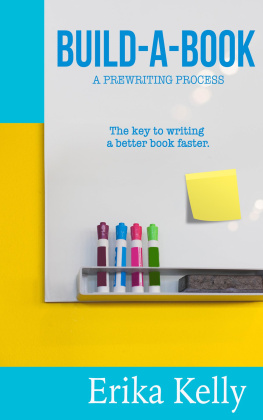

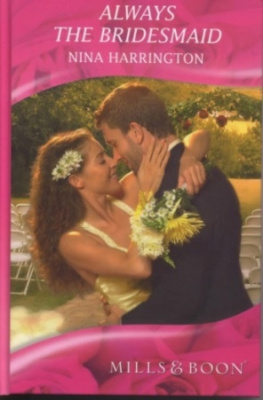
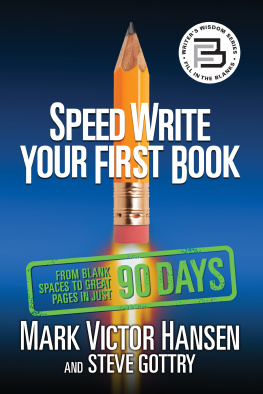
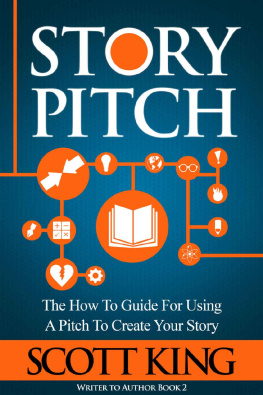

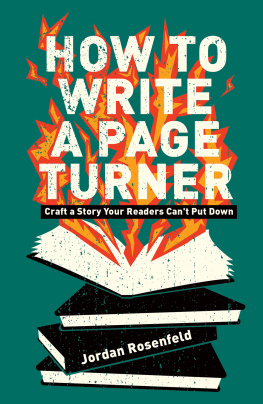
![Watt - The 90-day screenplay : [from concept to polish]](/uploads/posts/book/103527/thumbs/watt-the-90-day-screenplay-from-concept-to.jpg)
